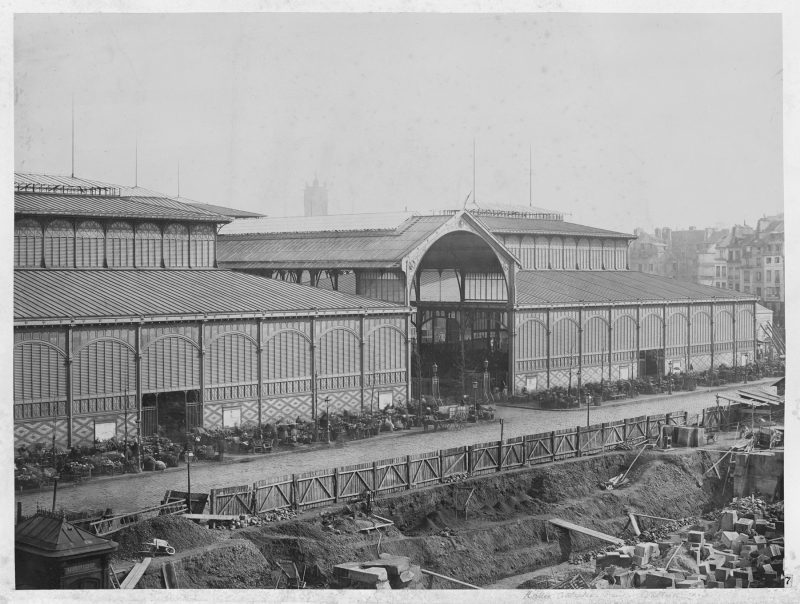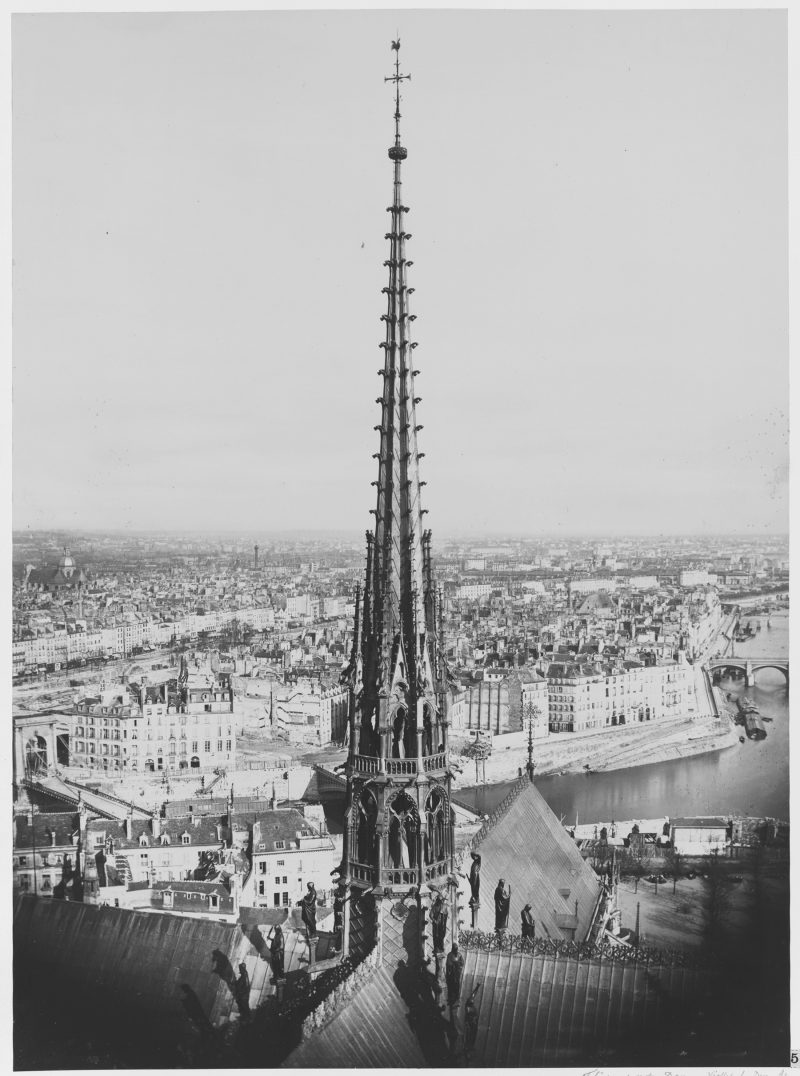In 1852, Paris was more than two thousand years old, and it was a mess. The streets were too narrow for the traffic, there wasn’t much in the way of lighting, and the drinking water was bad, possibly because the sewer pipes emptied into the Seine, and people got their water from the Seine. There were regular cholera epidemics. From a national-security point of view, the capital was a nightmare, as two revolutions had shown: “A handful of insurgents behind a barricade could hold an entire regiment at bay,” Walter Benjamin noted happily in his Arcades Project.
In this context Baron Georges-Eugène Haussmann became prefect of the Seine, the city’s chief administrator. Working with Napoleon III, a fairly authoritarian ruler, Haussmann implemented an ambitious plan of urban renewal: he redrew the map of Paris to make room for modern sewers, modern streetlights, and, above all, modern traffic. Boulevards were cut through the tissue of the medieval city, and the buildings that stood in their way were demolished. Before the old buildings came down, or, in some cases, as they came down, Haussmann’s administration made the curious decision to have them photographed. It may be that even he realized that he was demolishing structures that were, in themselves, not without charm; he surely had the bureaucrat’s self-destructive mania for documenting his own misdeeds. But he also hoped that the photographs would remind the citizens of Paris how much better off they were in the new city than they had been in the old, crowded, impossible one. Starting in 1862, the city hired a photographer named Charles Marville to take pictures of Old Paris. The irony of these photos is that they don’t capture the qualities that made the city unpleasant: Marville worked early in the morning, when the streets were empty, because his camera couldn’t photograph anything that moved; nor could it record the smell of the open sewers, the tanneries, the graveyards with their layers of shallowly buried dead. Marville’s photographs became objects of nostalgia and rallying talismans for Haussmann’s opponents, the people who wanted to keep Paris as it was, although in fact they showed Paris as it had never been: clean, sober, quiet, beautiful, and lost.

The novel today is in the situation of Paris in 1852. It is getting to be an old form, and like Old Paris it creaks under the strain of accommodating modern life. For a century or more we’ve been hearing calls for the novel to be replaced with something more up-to-date, to the point where even cataloging the demands for the novel’s demolition is becoming a quaint activity, like keeping pigeons, or spotting trains. For the time...
You have reached your article limit
Sign up for a digital subscription and continue reading all new issues, plus our entire archives, for just $1.50/month.
Already a subscriber? Sign in





